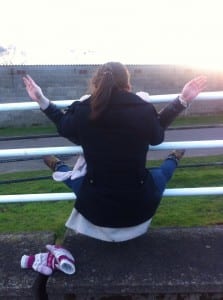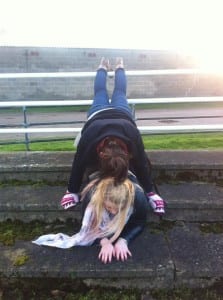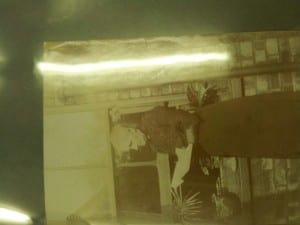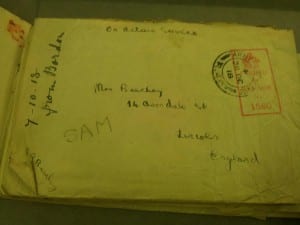‘In addition, site-specific performance resides differentially and with different degrees of durability in the memories of those undertaking different types of tasks that contribute to its making. What might not survive, might alter profoundly or disappear totally, its site itself, rendering restaging unlikely. Site performance is also specific to period, to a moment in time’. ((Pearson, Mike (2010) Site specific performance, Palgrave macmillan)).
1,2,3… 400,401,402…1625,1626,1627…4898,4899,5000…7234,7235,7236…8997,8998,8999…9’000 soldiers from the Lincolnshire regiment gave their lives to ww1.
Can I stop counting now?
Our performance like all others were face with difficulty’s on the day, it wouldn’t be a show if everything went smoothly! The sun to bright for what we planned, burning our feet as we stood on our mound of coins, the sunburn hurting, our heads hurting. But its okay we made it to 9’000.
Although we had gone through many twists and turns to get to our final performance idea, and settled with the simplest idea we had, I thought it was the most effective, although one thinks of counting as something a child could do, we genuinely struggled very much, yes, we rehearsed counting. To count at a fast pace to 9’ooo required the greatest concentration we could give. The timing difficult to ensure we finished as the performance did and to make sure we had created our image of the United Kingdoms flag. My main aim was to make the audience feel the emotion we felt, we delivered the numbers and presented ourselves in a neutral state to not influence the audience, however hoping the reality of how long it took to say all these numbers gave them idea on the vast number of men who gave their lives. I feel it is important to not be embarrassed to approach the subject or shy, but to show pride, and to remember those we lost. By wearing the poppy we showed we were remembering and when turning the coins and laying them we were reflective and deep in thought, reflecting on all the information we had learnt. As I was speaking I had an overwhelming sense of connection that these were more than mere numbers these were lives some as young as the age of fourteen, that’s not a life lived to its full, that is a life over before it has begun. Having lost someone so close to me I could connect to what I was doing. When we reached the magic number of 9’000 I was proud to finally let the audience know what it was we were doing it for, by not informing them in the beginning they had the time to get their heads round the numbers and then by delivering this line at the end the reality of what we were suggesting would hit them and suddenly they would be awoken to the reality of the affects of war.
I believe our performance was a success although simple I feel it was affective and we achieved our aim, we now in the process have also managed to raise money, to give back. We have chose to split the money between two charity’s, one of which will help the children of fallen soldiers and one which will help horses. Thus links to the entirety of the piece and the over riding themes, everyone’s theme had an equal importance and a strong message to deliver to the audience, I feel we gave The Grandstand a voice, and hopefully have inspired thought to eventually give The Grandstand not just a voice but eventually a purpose again. So The Grandstand can regain its glory days and one day in the future people will study The Grandstand for its history and we will be there, part of the history.






